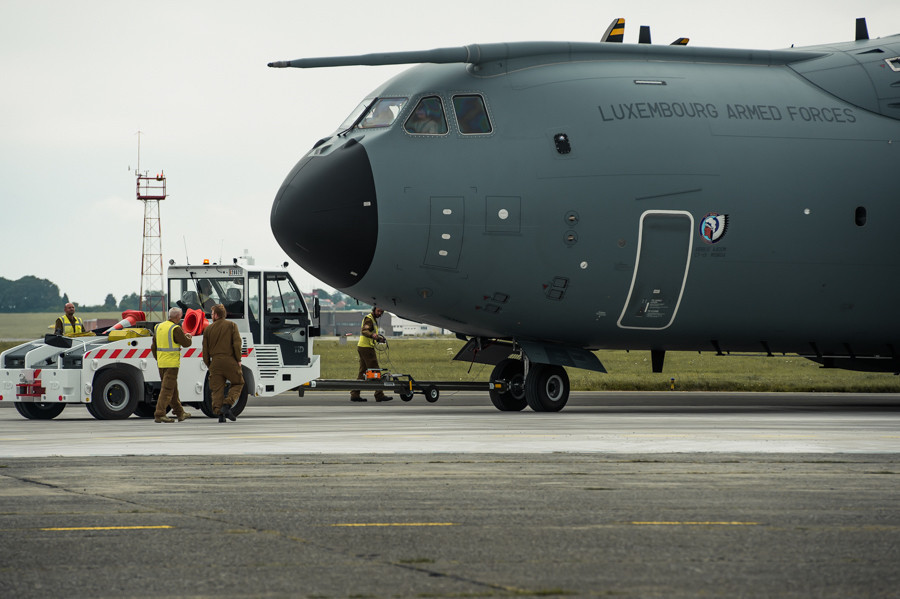The first ever assessment of greenhouse gas emissions caused by Luxembourg’s defence activity was presented to the members of the parliamentary committee for internal security and defence on 3 December. Minister for defence and deputy pm, François Bausch detailed the challenges and initiatives implemented to reduce the carbon footprint of the army.
In 2019 the department of defence and the army emitted 19,330 tonnes of greenhouse gases, amounting to 1.5% of the county’s total emissions.
Bausch explained there are five main sources of pollution in terms of volume: emissions from the production of goods and services purchased by the defence department, military aviation, heating of buildings, motor vehicles and finally the emissions from the manufacture and launch of the GovSat-1 satellite.
Despite a planned 25% increase in military installations, emissions are expected to decrease by 78%, Bausch said. He explained that this is made possible by renovations with the best available technology in insulation and energy efficiency. The minister also pointed to the amendments made to the Herrenberg barracks as an example of considerably reducing emissions linked to the heating of buildings.
Renewable energies will play a more important role, and the production of electric power by the military will further cut emissions. However, the lack of ‘green’ military vehicles and aircraft available for purchase makes it impossible to reduce emissions from transport.
“Despite the current impossibility of reducing direct emissions from military vehicles and aircraft, defence still has great potential to reduce its carbon footprint,” Bausch said,
Among the measures already implemented to reduce indirect emissions are “Joint Procurement" and "Pooling & Sharing” capabilities with allies. Bausch pointed to the Belgian-Luxembourg bi-national fleet of A400M aircraft, the European Air Transport Command (EATC) and the Multi-Role Tanker Transport (MRTT) as examples.
The ministry has also committed to gradually electrify its fleet of civilian vehicles, which currently comprises 21% hybrid plug-in vehicles and 21% electric vehicles. And promises to integrate energy efficient vehicle procurement moving forward.
A commitment to investing more in research and development and technological innovation will also help develop carbon-neutral fuels and propulsion systems.
Finally, the department has dedicated €400,000 of its 2022 budget as a reserve for the acquisition of emission certificates linked to international greenhouse reduction projects.
“I am determined to use all the means in my power so that our army becomes a greener army while increasing its operability,” Bausch concluded.
